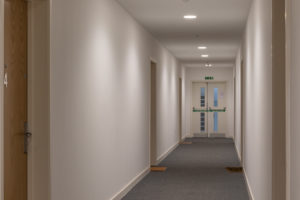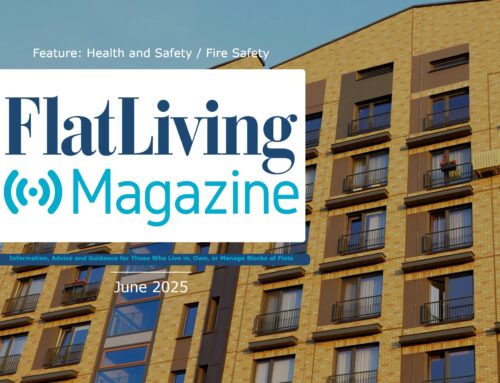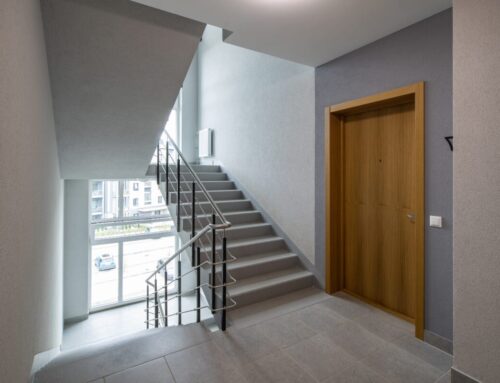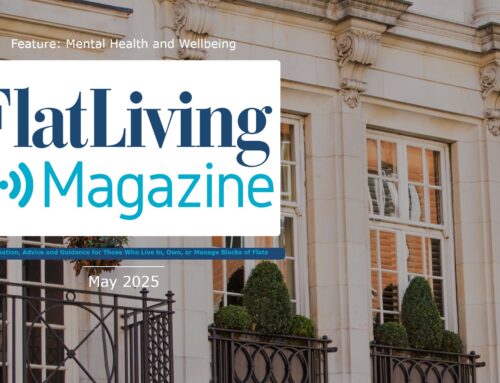 Evidence shows that unoccupied residential properties are more vulnerable to damage than occupied premises, even if vacancy is only temporary.
Evidence shows that unoccupied residential properties are more vulnerable to damage than occupied premises, even if vacancy is only temporary.
Poor supervision, lack of appropriate security and a misplaced notion that there is nothing inside to steal are all contributory factors to properties being left unattended.
Hazards
Fires in vacant commercial properties are well documented, but the risk to residential properties should not be underestimated. Theft, willful damage, vandalism and intrusion by squatters are also known risks. Unattended buildings, if not managed, can suffer fire or water damage due to non-maintained services. Owners also have a legal ‘duty of care’ to third parties. This includes invited persons, e.g. surveyors, contractors, estate agents, buyers, and even uninvited persons (including children who may simply use the grounds as a playground).
Identify Risks – Implement Precautions
The degree of risk varies with locality, neighbourhood, crime history, security, general management, length of un-occupancy and perceived attractiveness of contents. The following headings identify the risks and appropriate precautions.
Neighbourhood/Locality
- Check what crime is like in the area – if necessary, refer to local residents and the local police crime prevention unit.
- Does the building benefit from ‘nosy’ neighbours or a ‘neighbourhood watch’ scheme, or good community relations? If not, take more precautions.
- Is the house secluded or isolated?
- Who is likely to venture into the grounds, e.g. youths, squatters?
- Take steps to hinder access and deter entry.
Avoid an Empty, Unsupervised Appearance
- Keep lawn/hedges tidy – maintain a ‘cared for’ appearance.
- Promptly repair any damage incurred.
- Redirect post.
- Use timer lights at night (if appropriate).
- Carry out regular visits to check the premises inside and out.
Watch for signs of vandalism or attempted entry. However, in crime ridden areas, the ‘lived in’ appearance may be unworkable if appropriate level of security demands boarding of windows/doors.
Fire and Malicious Ignition
- Remove rubbish, unnecessary furniture and excess combustible items.
- Seal up the letter box.
- Houses in poor risk areas may need ALL contents removed so as to deny fuel for malicious fire raisers.
Services
Ensure all but essential services are ‘off’. Drain down water and turn gas and electricity off unless essential for maintaining heating, fire systems, security lights or alarms.
Fences, Sheds, Garages, Outbuildings
Do what you can to deter intruders from approaching the house:
- Repair breaches in fences/hedges surrounding the property.
- Secure garden gates.
- Use security lights (where appropriate).
Sheds, garages and outbuildings should be securely locked/padlocked:
- Tools in sheds could be used as implements for entry – remove, or at least keep, items out of view.
- Remove ladders from site (or padlock in the house or in a secure outhouse).
Contents
Remove contents of value, retaining only any needed for keeping a normal appearance, e.g curtains. It is usually advisable to remove all contents to reduce the fire risk. Lofts should also be cleared.
Intruder Alarms
Consider an alarm for large premises. Generally, audible-only alarms are quite adequate in built-up areas where the alarm sounder may deter trespassers. Arrange with a neighbour (preferably one who will hear the bell ringing) to act as a key holder and contact you in the event of an activation. Remote-signalling alarms are preferable for high risk homes – your alarm will need a police URN (unique reference number) and appointed key holders.
Key holders should be informed of what to do in event of a call-out: carry a mobile phone; do not risk personal safety; and wait for the police to arrive. Be aware that the police may not respond to non-confirmed alarm systems if the alarm has been installed since recent changes to police policy (ACPO SSP 2000).
Windows
Ground floor and vulnerable upper floor windows (overlooking accessible roofs, or next to downpipes) should be secured with key-operated window locks or screw fixed. In crime-ridden areas, boarding of windows may be necessary. Otherwise, selected vulnerable windows may need to be individually boarded. Use minimum 18mm thick exterior-grade ply secured firmly to wood frames by 50mm exterior non-return screws or ribbed nails. Welded mesh, bars, grilles and laminated glass may sometimes be suitable alternatives. Low level roof lights will need protection.
Doors
Doors, particularly if concealed, can offer the best method of unauthorised entry.
- Timber doors – fit a good deadlock (meeting BS3621) or key operated security bolts (2 per door).
- Double leaf glazed timber patio doors – 2 security bolts (one at top of the door striking into the lintel and one at bottom of the door striking down into the sill) to each leaf.
- Sliding PVC doors – ensure key lockable and fitted with an anti-lift device.
- Stable type doors – both top and bottom sections need to be independently secured to frame with deadlocks or security bolts.
Public Liability
To minimise any potential injury, watch out for:
- Loose masonry or roof tiles/slates.
- Rubble, rubbish, glass.
- Protruding nails, jagged edges.
- Ease of access onto roofs, from which trespassers could fall.
Inspect the inside of the building:
- Do visitors need torches?
- Are there missing/damaged stairs, rails, and floors?
- Is there exposed or damaged electrical wiring? Is it live?
Living on-site
High-value properties in rural or isolated localities, may best be protected by someone living in, even if intermittently or temporarily. Special cases may require the services of a manned security company.
Insurance of Unoccupied Premises
It is important that you:
- Notify your insurer when the premises become unoccupied.
- Are aware of any restrictions in insurance cover.
- Comply with any policy, requirements, warranties, or conditions regarding inspections, services and security.
Key Action Steps
- Assess the risks.
- Review fully your arrangements for Security, Fire Safety, Water Damage and Liability to Public.
- Implement and monitor your safety precautions to limit the risks.
- Maintain a ‘cared for’ appearance.
- Inspect the property regularly.
- Comply with any legal or insurance requirements.
Sources of further information
- Code of Practice for the Protection of Unoccupied Buildings 1995
- Fire Protection Association
- Your local Master Locksmith
- Your local Police Crime Prevention Unit
- The Association of British Insurers Tel 020 7600 3333
- Alarms: The National Security Inspectorate [NSI] Tel 0845 006 3003 or www.nsi.org.uk
- The Security Systems Alarm Inspection Board [SSAIB] Tel 0191 296 3242 or www.ssaib.org
- Manned Security: The National Security Inspectorate (NSI) Tel 01905 773 131 or www.nsi.org.uk




Leave A Comment